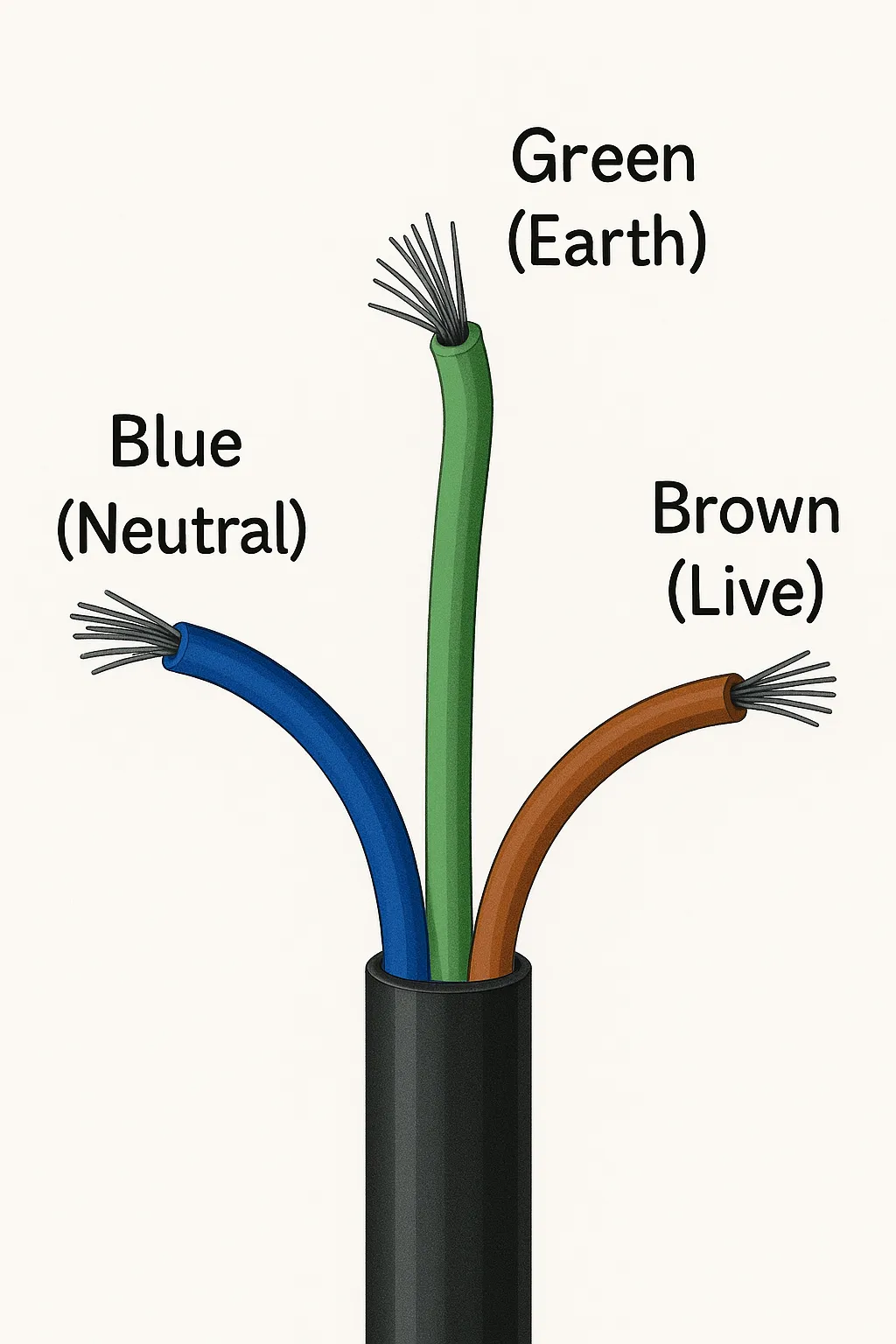Time: 2025-04-28 13:51:06 Source: Henan Province Jianyun Cable Co., Ltd.
Wires are essential components in electrical and communication systems, categorized in various ways depending on their purpose, voltage, or application. When referring to the "three types of wires," a common classification in residential and general electrical contexts is based on their role in a circuit: live (or hot), neutral, and ground wires. This article explores these three types through three key sections, using a table to compare them and engaging analogies to clarify concepts.
In the context of electrical circuits, especially in residential wiring (e.g., 14-2 NM-B, as discussed earlier), wires are often classified into three types based on their function: live (hot), neutral, and ground. These wires work together to ensure safe and efficient electricity flow in AC systems (e.g., 230V in homes).

These three types are like the “roles” in a delivery system: the live wire is the “delivery truck” bringing power, the neutral wire is the “return route” for the truck, and the ground wire is the “emergency exit” in case something goes wrong.
Each type of wire has distinct characteristics, including its role, color coding, and insulation requirements, as summarized in the table below:
| Wire Type | Function | Color Coding (IEC 60446) | Typical Use |
|---|---|---|---|
| Live (Hot) Wire | Carries current to the load | Brown (or black in the U.S.) | Powering outlets, appliances |
| Neutral Wire | Return path for current | Blue (or white in the U.S.) | Completing the circuit |
| Ground Wire | Safety path for fault current | Green/Yellow (or green in the U.S.) | Protecting against shocks |
Live (Hot) Wire: This wire carries the voltage (e.g., 230V AC in a home). In a 14-2 NM-B cable (as discussed), the live wire is typically brown (per IEC 60446) or black (per U.S. standards, NEC), insulated with PVC to prevent shocks. It’s “live” with voltage, posing a shock risk if touched.
Neutral Wire: This wire completes the circuit, carrying current back to the source at near-zero voltage. It’s typically blue (IEC) or white (NEC), also insulated. In a household outlet, the neutral ensures appliances (e.g., a lamp) function by closing the circuit loop.
Ground Wire: This wire is a safety feature, typically green/yellow (IEC) or green (NEC). It’s often bare or lightly insulated in cables like 14-2 NM-B with ground. It connects to the earth or a grounding system, diverting fault current (e.g., from a short circuit) to prevent shocks or fires.
These characteristics are like a “uniform” for each wire—the color coding and insulation identify their role, ensuring they’re used correctly in the “team” (circuit).
The three types of wires are integral to various electrical setups, ensuring safe and efficient operation across residential, industrial, and renewable energy systems:
Installation Note: When installing, separate these wires to avoid interference (e.g., live and neutral in conduits, as discussed in low/high voltage contexts). Color coding per IEC 60446 or NEC ensures correct connections—mixing them up can lead to shocks or system failure (e.g., connecting live to ground).
These wires work together like a “relay team”—the live wire passes the “baton” (current) to the load, the neutral brings it back, and the ground stands by as a “safety runner” to handle emergencies.
The three types of wires in a circuit are live (hot), neutral, and ground. Live wires (brown/black) carry current to the load, neutral wires (blue/white) return it, and ground wires (green/yellow) provide a safety path for fault currents. They’re essential in setups like residential wiring (14-2 NM-B), industrial systems (control wires), solar installations (4mm² cables), and power distribution (LT lines), ensuring safe and efficient electricity flow. Color coding (per IEC 60446, NEC) and proper installation are critical for safety and compliance with standards (e.g., IEC 60332), making these wires foundational to electrical systems.